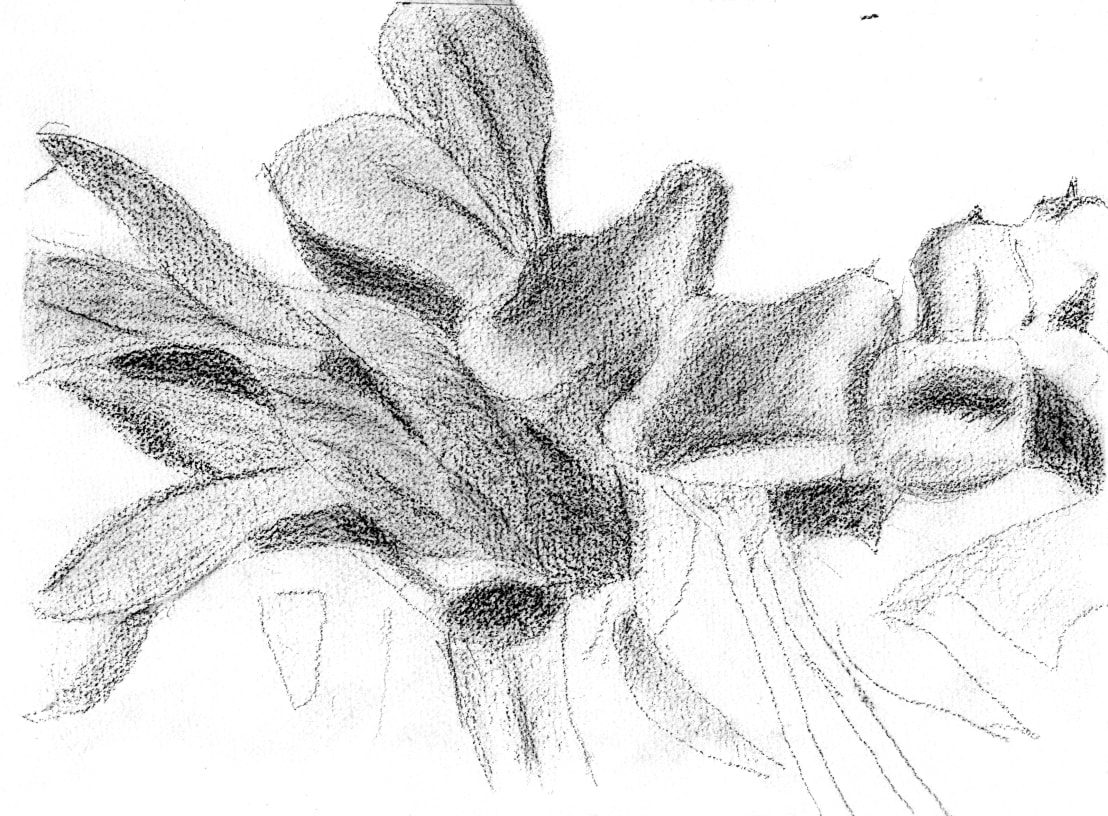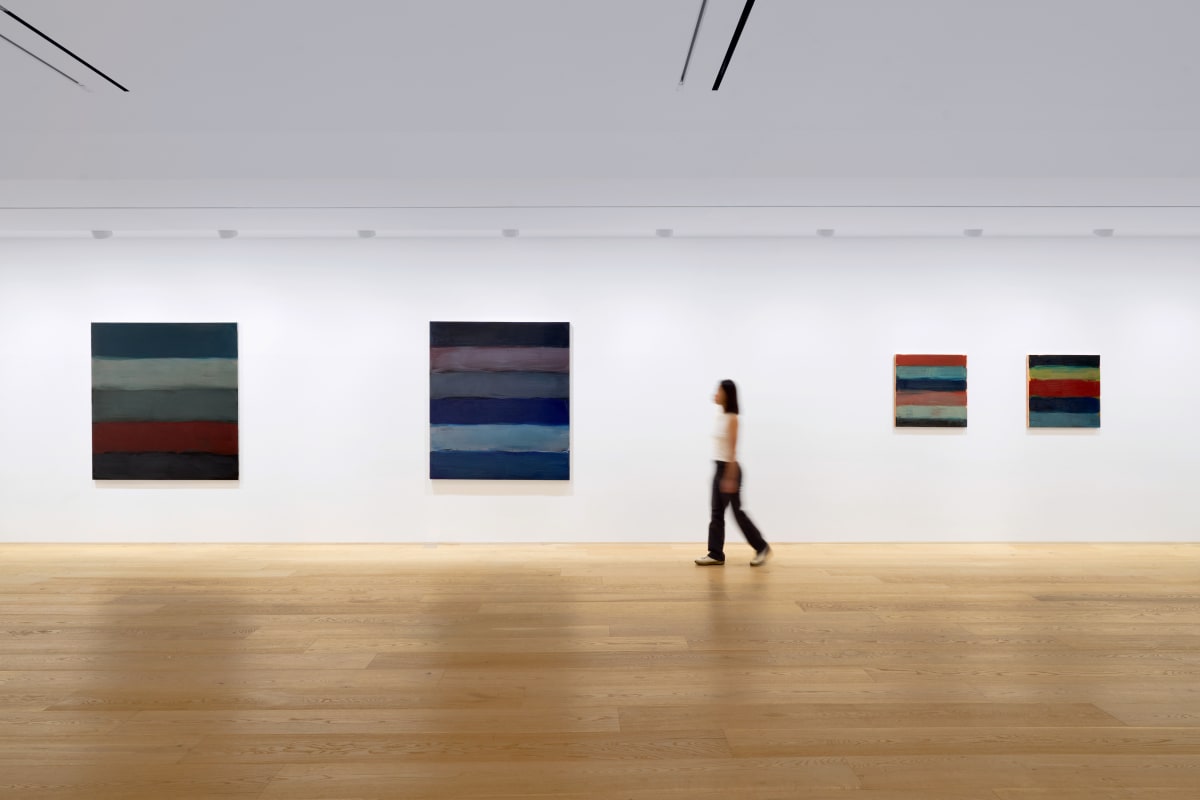Overview
This exhibition presents a series of pastel drawings and ceramic works by Israeli artist and filmmaker Amos Gitai. The works on view were publicly exhibited for the first time in 2023 as part of an installation at the Centre Pompidou in Paris and have since been on view at the Tel Aviv Museum of Art.
As a young man, Gitai experienced the Yom Kippur War of 1973 as part of an airborne rescue team, evacuating wounded soldiers from the Golan battlefields. On the sixth day of the war – Gitai’s 23rd birthday – a missile hit their helicopter during a rescue flight into Syrian territory, killing their co-pilot and wounding Gitai. ‘I was born and almost killed on the same day, and roughly at the same hour,’ the artist has stated. This defining and violently traumatic event changed the course of his life, leading him to filmmaking after ‘recording what I saw from the helicopter: faces, the texture of the earth, bits of rescue missions’ with his Super-8 camera. Since then, the experience of this violent rupture continually recurs in Gitai’s internationally acclaimed films, documentaries and artworks, always striving for a future marked by peace and reconciliation.
This exhibition presents a series of pastel drawings and ceramic works by Israeli artist and filmmaker Amos Gitai. The works on view were publicly exhibited for the first time in 2023 as part of an installation at the Centre Pompidou in Paris and have since been on view at the Tel Aviv Museum of Art.
As a young man, Gitai experienced the Yom Kippur War of 1973 as part of an airborne rescue team, evacuating wounded soldiers from the Golan battlefields. On the sixth day of the war – Gitai’s 23rd birthday – a missile hit their helicopter during a rescue flight into Syrian territory, killing their co-pilot and wounding Gitai. ‘I was born and almost killed on the same day, and roughly at the same hour,’ the artist has stated. This defining and violently traumatic event changed the course of his life, leading him to filmmaking after ‘recording what I saw from the helicopter: faces, the texture of the earth, bits of rescue missions’ with his Super-8 camera. Since then, the experience of this violent rupture continually recurs in Gitai’s internationally acclaimed films, documentaries and artworks, always striving for a future marked by peace and reconciliation.
The works on view in this exhibition capture the artist’s reflection on the elusiveness of memory, the chaos of war, and its impact on those who participate in it. Titled after Benjamin Britten’s 1962 eponymous musical composition memorialising war casualties, the pastel drawings on view in Salzburg show expressive portraits in varying hues of bold colours. Drawn either on blank drawing paper or on newspapers from 1973 that include death notices, they show Gitai’s first intuitive expressions in the aftermath of the war. The artist found himself drawing faces obsessively, in an effort to document and process his trauma and the losses he suffered.
His recent series of ceramic works were created exactly 50 years later and echo the haunting portraits on paper. They represent a continuation of the graphic work, featuring meticulously crafted faces rendered in colourful glazes, from bold primary hues to subtle gradients. Together with the drawings on view in the exhibition, the War Requiem series stands as a poignant reminder of the human cost of war.
The exhibition in Salzburg will coincide with the opening of Gitai’s film retrospective at the Austrian Film Museum in the Albertina on 2 May 2024 with Shikun (2024) and the presentation of Yitzhak Rabin: Chronicle of an Assassination at the Burgtheater on 4 and 5 May 2024.



















































































































































































